Being targeted isn't a death sentence. It's actually an opportunity to show your opponents you've got more tricks up your sleeve than they bargained for.
You know that feeling, right? You're in a doubles match and suddenly you realize the other team has figured you out.
- They're hammering your backhand.
- Every ball is coming your way.
- Your partner's basically watching from the sidelines while you're getting absolutely worked over.
It's frustrating, demoralizing, and honestly, it happens to everyone at some point.
Being targeted isn't a death sentence. It's actually an opportunity to show your opponents you've got more tricks up your sleeve than they bargained for.
Kyle Koszuta recently broke down exactly how to handle this situation in a tactical masterclass that's worth your attention.
The Setup: Understanding Why You're Being Targeted
Let's start with the obvious. If the other team is consistently attacking you, they've made a calculation.
Maybe they've identified you as the weaker player on the court. Maybe they've noticed your backhand is vulnerable. Or your forehand dinks tends to sail high. Or maybe they just know that targeting one player creates chaos and forces mistakes.
Koszuta uses a practical demonstration with his partner Tyler to illustrate this exact scenario. He's relentlessly attacking Tyler's backhand side, and Tyler's stuck in a defensive crouch, trying to keep the ball in play. Sound familiar?
The pressure is real.
When you're being picked on, your options feel limited. You're reacting instead of acting. You're trying to survive the rally instead of controlling it.That's when panic sets in, and panic leads to unforced errors.
The First Escape Route: Speed It Up
Your initial instinct might be to speed something up at the weaker player, but Koszuta points out that this isn't always the answer. If your opponents are dinking well and keeping the ball low and tight, you don't have much to attack. Speeding up a ball that's already difficult to handle just gives them another opportunity to put you away.
So what happens when the dinking is so good that the ball is basically unattackable?You could try a lob, but if the ball is sitting right at the net, popping it up is a recipe for disaster. You're basically handing them an easy overhead.
This is where most players get stuck. They've exhausted their obvious options and feel like they're out of answers.
Avoid These 3 Deadly Mistakes to Master Aggressive Dinking
The aggressive dink isn’t about overpowering your opponent. It’s about creating pressure through placement, using deception to keep them guessing, and understanding when to attack versus when to reset
 The Dink PickleballAlex E. Weaver
The Dink PickleballAlex E. Weaver
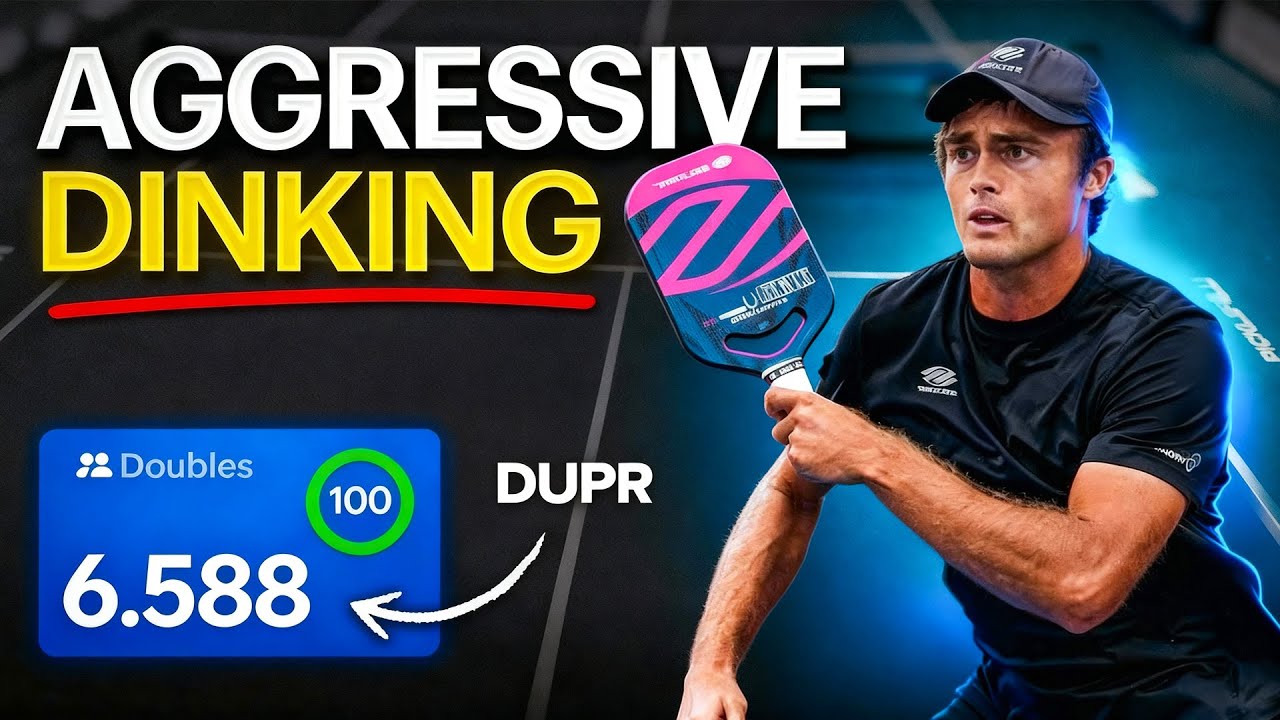
The Middle Ball: A Trap, Not a Solution
When Koszuta asks Tyler what he'd do, Tyler suggests hitting it to the middle. It sounds logical, right? The middle of the court is the safest place to hit, and it forces your opponents to communicate. But here's the catch: hitting it to the middle doesn't actually relieve the pressure.
Koszuta demonstrates this by continuing to attack Tyler even after the ball goes middle. The pressure doesn't disappear just because you changed the direction. Your opponents can still target you. They can still make you uncomfortable. The middle ball is a temporary reprieve, not a solution.
The Real Answer: Down the Line
Now we're getting to the good stuff. The first legitimate escape route is hitting the ball down the line.
This might seem counterintuitive because down-the-line dinking is generally considered trickier than crosscourt dinking. The distance is shorter, and there's less margin for error.
But here's why it works:
When you hit it down the line, your opponent's natural instinct is to hit it back crosscourt.Most players prefer dinking crosscourt because the net is lowest in the middle, and you have more room for error. By hitting down the line, you're forcing them to make a decision that goes against their comfort zone.
If they do hit it back down the line, you've got another option waiting.
7 Pickleball Mistakes Keeping You From 5.0: Expert Fixes to Level Up Your Game
These aren’t complicated technical adjustments that require months of practice. They’re fundamental shifts in how you approach the game.
 The Dink PickleballThe Dink Media Team
The Dink PickleballThe Dink Media Team
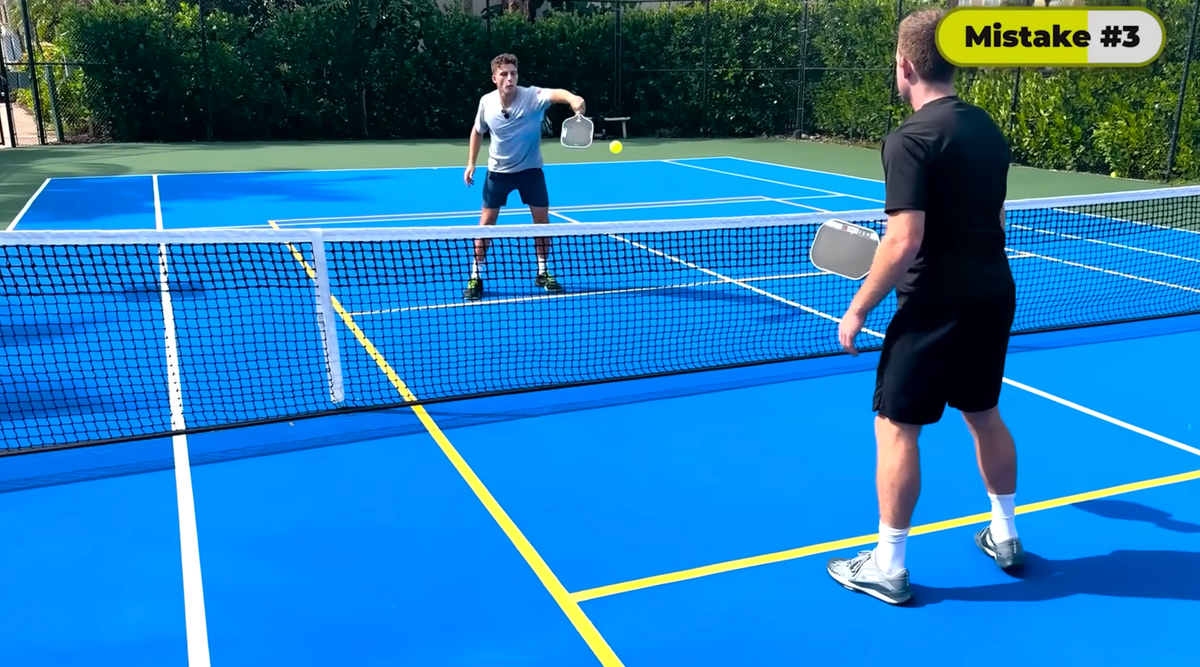
The Game-Changer: The Ernie and the Switch
This is where Koszuta's tactical brilliance really shines. If your opponent keeps hitting it back down the line, you can step over and hit an Ernie. This forces your opponent to hit a crosscourt dink, which means your partner is now involved in the rally.
And that's the whole point. You weren't just trying to win the rally. You were trying to disrupt the pattern and get your partner back into the action.
When you hit the Ernie, your opponent is suddenly feeling pressure from three directions: you're right next to them, your partner is in front of them, and now they have to make a difficult crosscourt dink while feeling crowded.
Even if they manage to hit a good dink, your partner is now in position to attack or continue the rally from a position of strength.
The pressure has shifted. You've gone from being the target to being the architect of your opponent's discomfort.
💡
Heads up: hundreds of thousands of pickleballers read our free newsletter. Subscribe here for cutting edge strategy, insider news, pro analysis, the latest product innovations and more.
Why This Matters Beyond the Court
What Koszuta is really teaching here is the difference between reacting and strategizing.
When you're being targeted, your first instinct is to panic and try to hit a winner. But the best players understand that sometimes the goal isn't to win the rally immediately. It's to shift the dynamics, involve your partner, and create a situation where your opponents have to make difficult decisions.
This is the kind of tactical thinking that separates good players from great ones. It's not about having the biggest forehand or the fastest hands. It's about understanding court geometry, reading your opponents' tendencies, and executing a plan that puts them in uncomfortable positions.
Anuncie Aqui / Advertise Here
Sua marca para o mundo Pickleball! / Your brand for the Pickleball world!

 English
English  Spanish
Spanish  Portuguese
Portuguese  German
German  Italian
Italian  Japanese
Japanese  French
French  Polish
Polish  Russian
Russian  Netherlands
Netherlands  Hungarian
Hungarian  Turkish
Turkish  Videos
Videos 
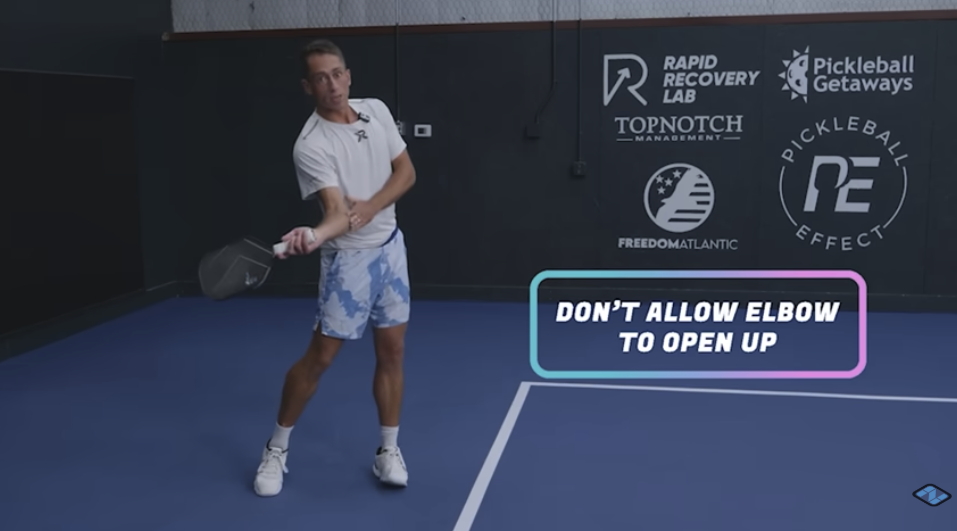
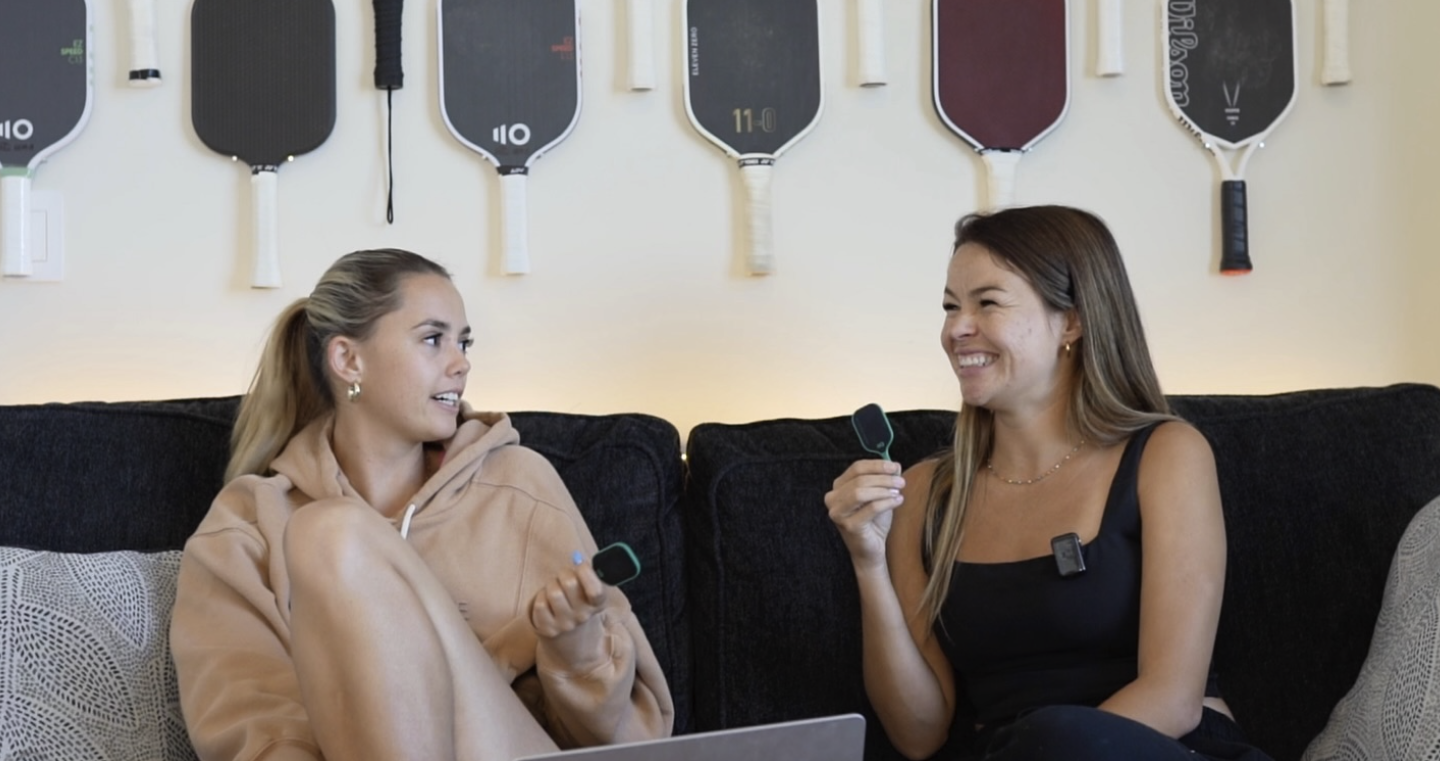



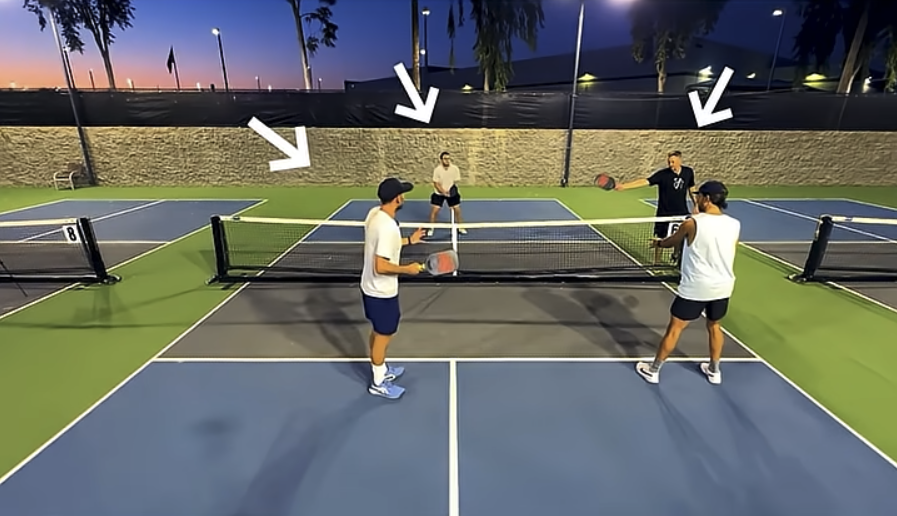


 English (US) ·
English (US) ·  Portuguese (BR) ·
Portuguese (BR) ·